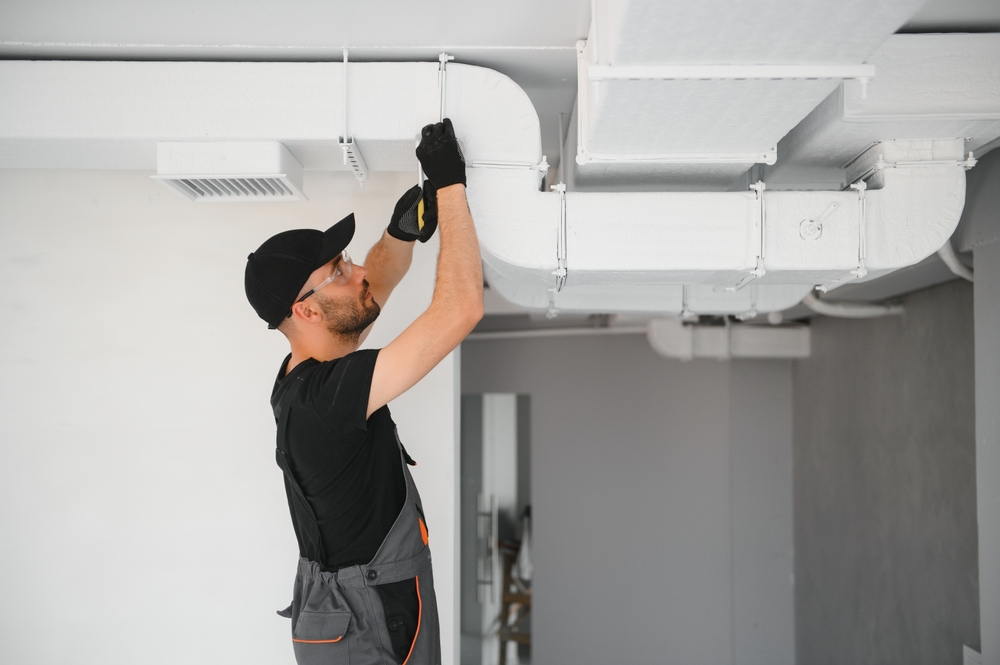Testing indoor air quality (IAQ) is crucial for maintaining a healthy living environment for home or office. Here are several methods to test and monitor IAQ effectively:
1. Portable Indoor Air Quality Monitors
-
- Description: Portable devices that measure various pollutants in real-time.
- Parameters Measured: Particulate matter (PM2.5 and PM10), carbon dioxide (CO2), volatile organic compounds (VOCs), temperature, humidity, and sometimes carbon monoxide (CO).
- Advantages: Real-time data, easy to use, can be moved around to test different areas.
2. Fixed Indoor Air Quality Monitors
-
- Description: Installed devices that continuously monitor air quality in a specific area.
- Parameters Measured: Similar to portable monitors.
- Advantages: Continuous monitoring, useful for long-term data collection and analysis.
3. Professional Indoor Air Quality Testing
-
- Description: Conducted by certified professionals using advanced equipment.
- Parameters Measured: Comprehensive analysis including all pollutants mentioned above, plus additional parameters like mold spores, formaldehyde, radon, etc.
- Advantages: Detailed and accurate results, professional interpretation of data, recommendations for remediation.
4. DIY Air Quality Testing Kits
-
- Description: Kits available for purchase that allow home or office owners to collect air samples and send them to a lab for analysis.
- Parameters Measured: Depends on the kit, but typically includes VOCs, mold spores, radon and allergens.
- Advantages: Cost-effective, can be done at your convenience.
5. Smart Home Devices
-
- Description: Devices like smart thermostats and air purifiers that have built-in sensors for monitoring air quality.
- Parameters Measured: Temperature, humidity, PM2.5, VOCs, CO2.
- Advantages: Integration with home automation systems, real-time alerts, and automatic adjustment of air purification systems.
6. Wearable Air Quality Monitors
-
- Description: Personal devices that individuals can carry to monitor air quality exposure throughout the day.
- Parameters Measured: Typically PM2.5, VOCs, CO2.
- Advantages: Personal exposure data, useful for individuals with respiratory conditions or sensitivities.
If you want to know more about any of the above methods, contact your LACOSTA site manager and we will support you regarding any concern you may have regarding indoor air quality.


